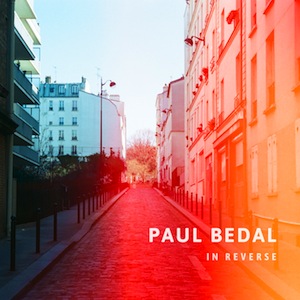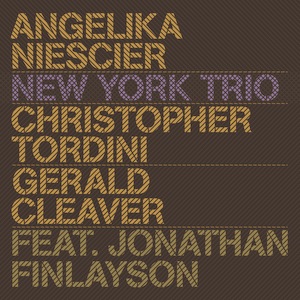Label: Whirlwind Recordings, 2019
Personnel - Carmen Staaf: piano; Michael Formanek: bass; Jeff Williams: drums.
The empathic, racehorse-tempo swing displayed on “Scattershot”, the improvised opening track on Jeff Willaims’ new trio effort Bloom, reveals the unobtrusive cooperation between the drummer, the defiant bassist Michael Formanek, an old acquaintance, and the imaginative pianist Carmen Staaf. Free of restrictions, the latter channels bop-inflected melodies, rhythmic figures, and grooving chords into the consistent pulsating flow that stems from the bass-drums underpinning. Her vivacious expressions caught the ears of the drummer when, early last year, she joined Dan Blake & The Digging for a gig at Smalls in New York.
Williams wrote five of the album’s ten tracks, including “Scrunge/Search Me”, which reemerges as a highlight here despite having been featured in the 2013 album The Listener. The piece thrives with Staaf’s Monk-ish impressions over a lilting 7/8 groove before transitioning to a carefree peregrination, which, for some moments, seems ambivalent in regard to which direction to take. Also retrieved from the aforementioned album and dialoguing with a freer posture, “She Can’t Be a Spy” deserves attention as melodies and rhythms walk a delicate tightrope of paradoxes. This last piece also appeared on the album Another Time, whose title cut is reinterpreted here with average results. With that said, keep in mind that the trio approached this material as if it’s never been played before.
Formanek and Staaf contribute two and three compositions, respectively. The bassist brings his uncompromising lyricism and rubato drive to the mesmeric “Ballad of the Weak” as well as a focused swinging drive to “A Word Edgewise”, while Staaf, effortlessly creative in terms of rhythmic figures, relates to Ahmad Jamal's bluesy diction on pieces such as “Short Tune” and “New York Landing”. On the contrary, her featherweight “Chant” blossoms with Yusef Lateef’s spiritual touch, relying on bowed bass, cymbal radiance, and poised melodic meditation to exude peace and hope.
Also evincing a strong spiritual aura is Buster Williams’ “Air Dancing”, a medium-tempo waltz delineated to provide a revitalizing quietening.
With Bloom, Williams doesn’t match the uplifting narratives of his previous CD, Lifelike. However, and even not impressing me much, the album is brightened by balanced moments and communicative openness.
Grade B-
Favorite Tracks:
04 - Scrunge/Search Me ► 07 - She Can’t Be a Spy ► 08 - Air Dancing








































